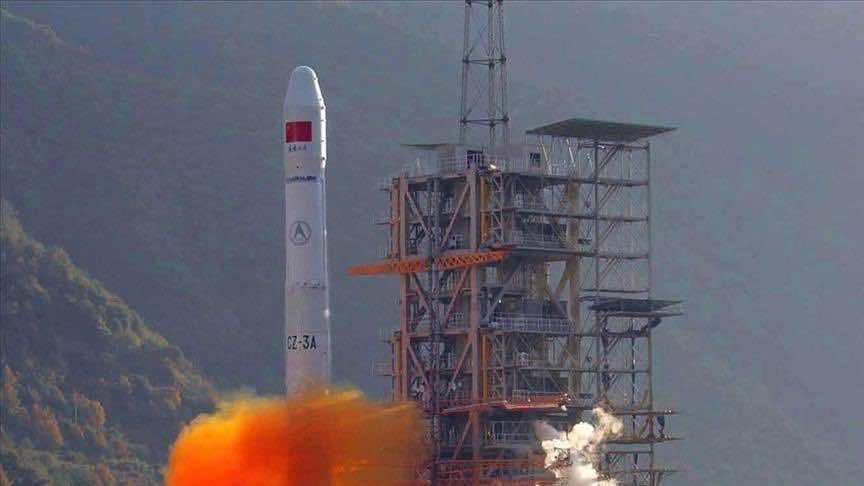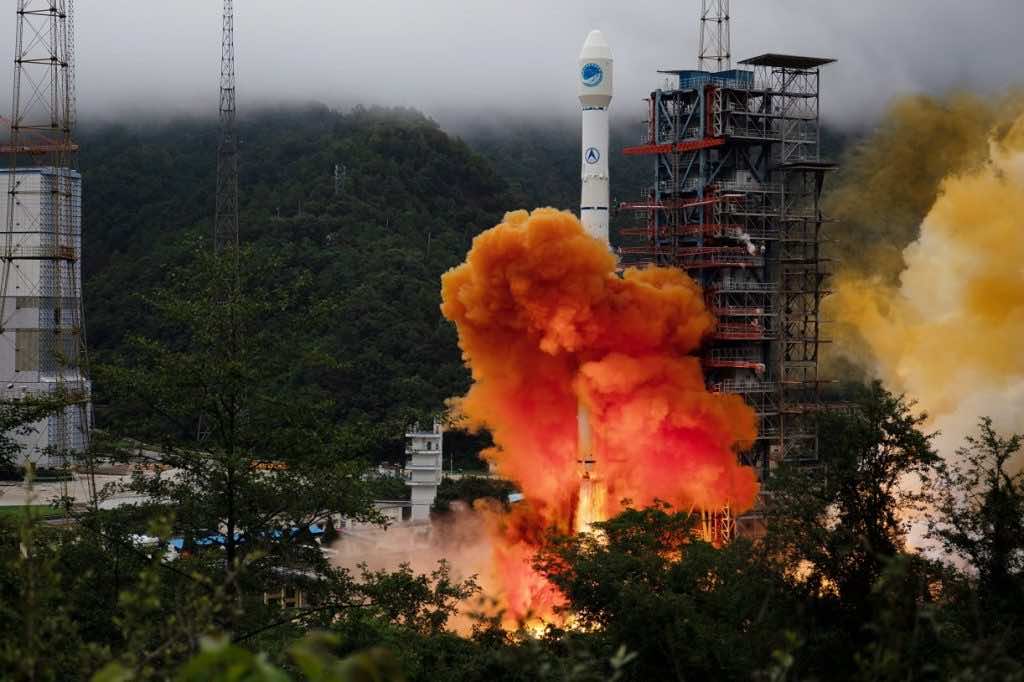At 3:37 p.m. local time on Monday, October 31, China launched the last of the three modules that will comprise its space station. The space station is set to be the second permanently inhabited outpost in low-Earth orbit after NASA. State television broadcast the launch live, showing a rocket roaring into a gray layer of clouds above Hainan Island in southernmost China with the module aboard. Deng Hongqin, the director of the launch command center, announced after 14 minutes that the module was in orbit.
The docking of Mengtian with Tiangong marks the end of the space station’s assembly phase and the start of full operations, Chinese space officials have said. Mengtian’s arrival allows China to realize a vision for a space station approved way back in 1992. The Tiangong space station consists of Tianhe, Mengtian, and a module called Wentian. The T-shaped Tiangong will host three astronauts for six months at a time, or six crew members for a brief time during crew handovers.

Mengtian, which translates to “dreaming of the heavens,” is nearly 59 feet long and weighs 23 tons; the module, called, module carries a wide range of experimental equipment, including extremely accurate atomic clocks and gear designed to create the coldest conditions ever achieved by humanity.
The Chinese-built “Celestial Palace,” as the space station is known at home, will also be an emblem of China’s growing clout and self-sufficiency in its space endeavors and a challenger to the United States in the domain, after being isolated from the ISS and other collaboration with NASA.

The space station also caps President Xi Jinping’s 10 years as leader of China’s ruling Communist Party. During the station’s lifetime, China is planning more than 1,000 scientific experiments, from studying how plants adapt to space to how fluids behave in microgravity.


